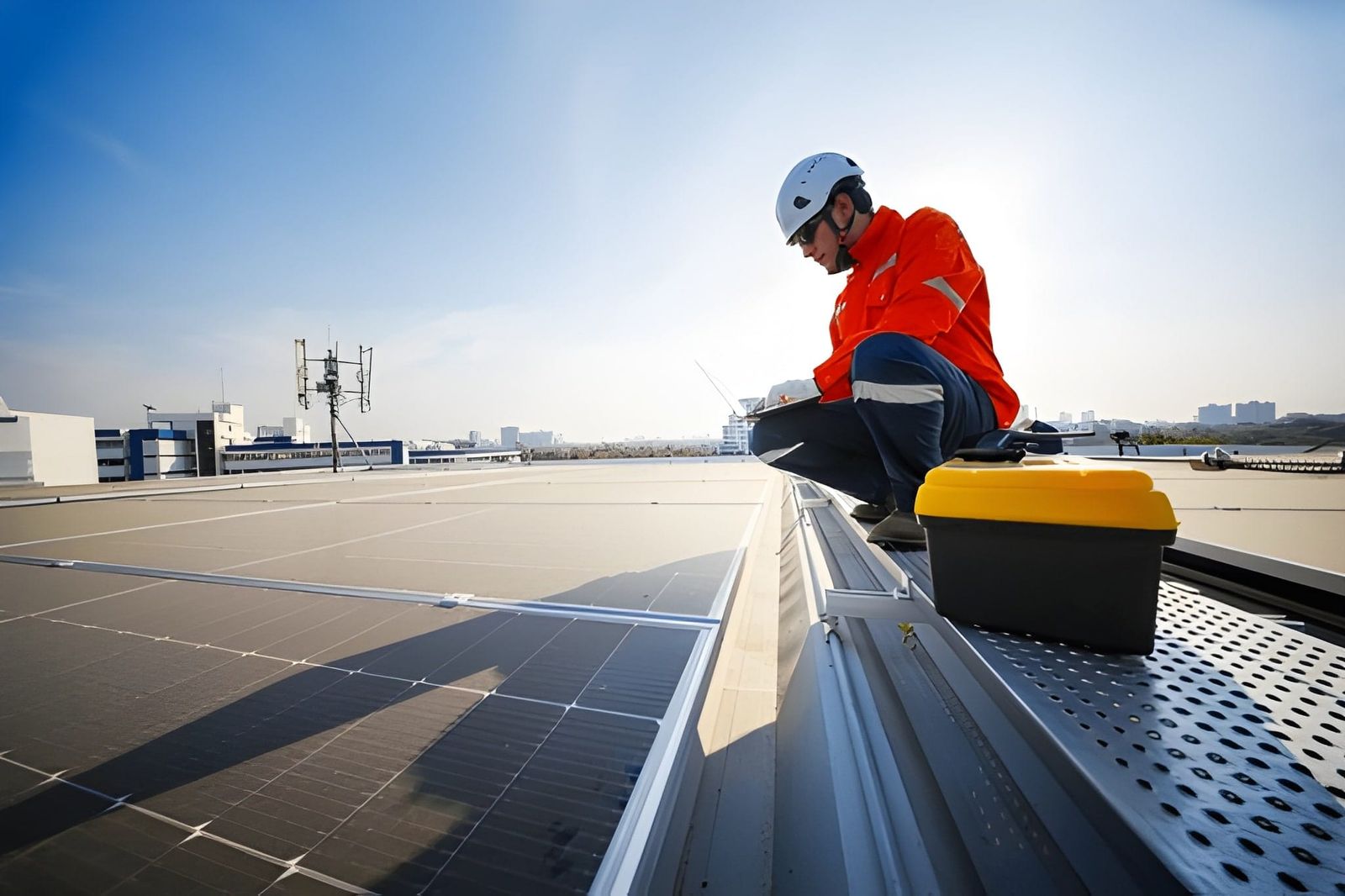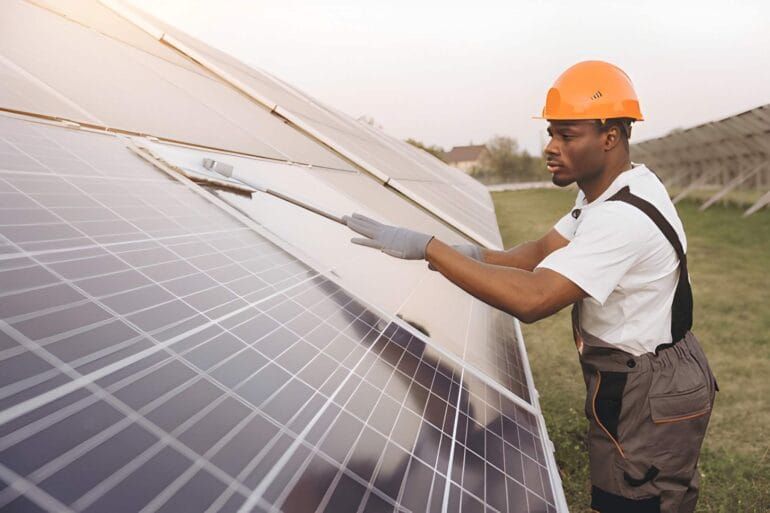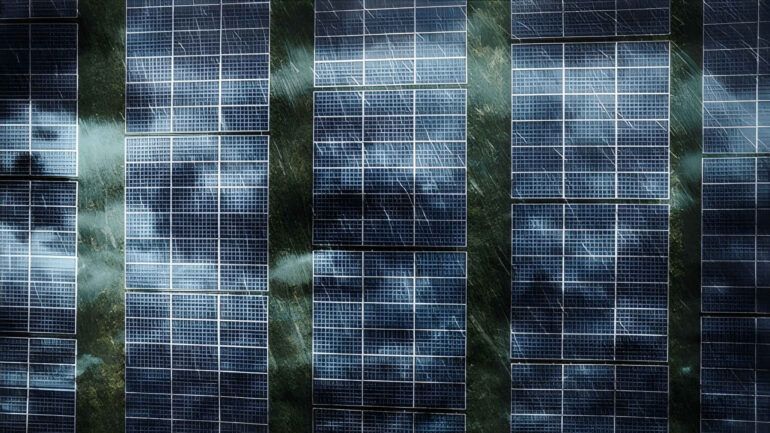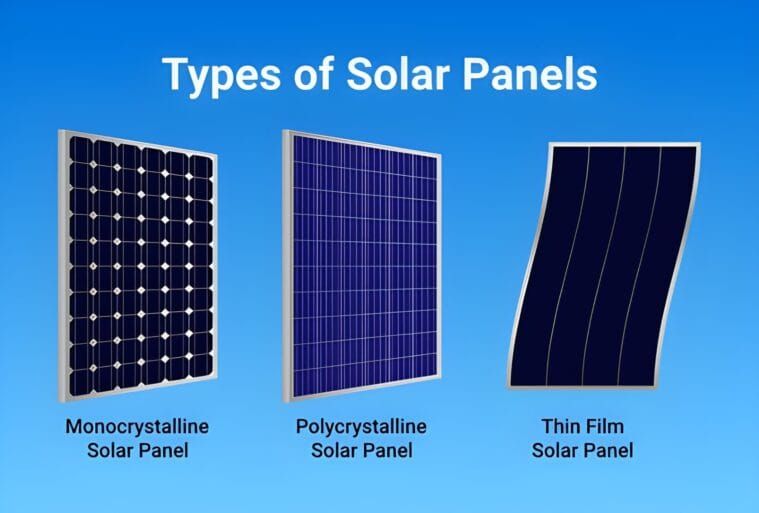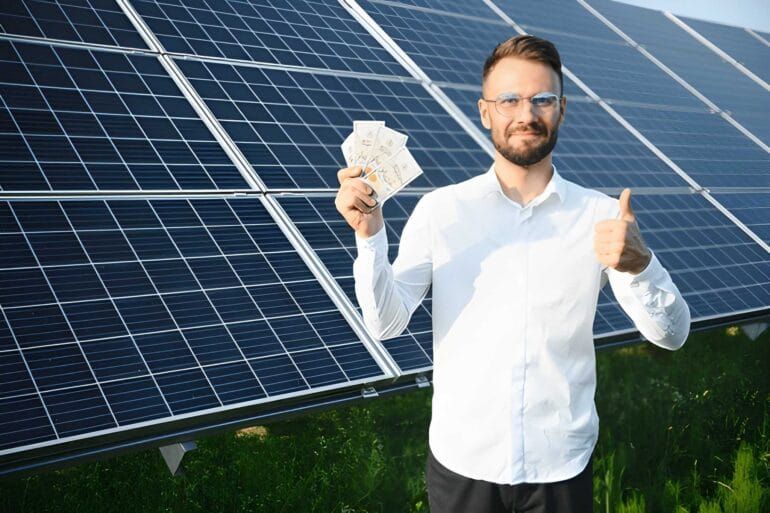Western Australia is the sunniest part of the world, boasting lengthy daylight hours and plenty of solar potential. For businesses and homeowners, going solar is not only a green decision but a financially savvy one, too. Yet, with hot summers, dust storms, and rapid weather changes, the performance of solar systems is compromised if they are not properly maintained. Therefore, solar panel maintenance WA is an important aspect of achieving maximum efficiency and safeguarding your investment.
In this guidebook, we will discuss all that you should know regarding the care of solar panels in warm climatic conditions, effective cleaning techniques, avoidance measures for overheating of solar panels WA, and the most effective solar panel cooling measures WA for round-the-year efficiency. Whatever your status – homeowner, business owner, farmer, or industrialist – these facts will assist you in ensuring efficient functioning of your system.
Why Solar Panel Maintenance in WA is Necessary
Solar panels are built to last and endure the elements, yet Western Australia’s harsh summer weather can challenge even top-grade systems. If not regularly maintained, panels can be plagued by:
- Decreased efficiency from dirt, dust, and pollen buildup.
- Micro-cracking from scorching temperatures or abrupt temperature changes.
- Wire and inverter malfunction due to overheating.
- Structural stress during a gust of wind or dust storm.
Regular solar system maintenance summer Australia is more than cleaning—it’s a matter of safeguarding your system’s longevity, enhancing energy production, and optimizing financial returns.
Seasonal Issues for Solar Panels in WA
It makes sense to first know about how seasons impact solar performance in Western Australia before proceeding to tips on maintenance:
- Spring: Season for post-winter checks. Look for leaves, twigs, or small cracks accumulated over cold months.
- Summer: The peak season. Panels are subjected to direct sunlight, extreme heat, dust, and storms.
- Autumn (Fall): Clear off accumulated dust and leaves; readjust panels for shorter days.
- Winter: Snow is unusual outside the north, but low sunlight and storms can impact output.
For WA homeowners, summer maintenance should be of prime importance. That’s when solar panel maintenance WA is most critical.
Step 1: Clean Solar Panels Western Australia Safely
One of the easiest and most efficient habits is to regularly clean solar panels Western Australia. A thin layer of dust alone can block the sunlight, decreasing output by 10–15%.
Best Practices for Cleaning:
- Pick the best time: Clean panels early morning or late evening. Cleaning during direct sunlight can cause thermal stress.
- Use appropriate equipment: A soft-bristled brush, low-pressure hose, or microfiber towel is best. Do not use abrasive equipment or harsh chemicals.
- Clean debris: Remove leaves, pollen, and bird droppings for optimal efficiency.
- Drying: Allow panels to air dry or dry with a soft cloth to avoid streaks.
Cleaning at least twice a year is suggested. For dusty environments or during summer storms, quarterly cleaning might be necessary.
Step 2: Avoid Solar Panel Overheating WA
Heat is probably the largest threat to solar efficiency. Surface temperatures of panels can reach over 65°C during hot WA summer days, resulting in efficiency loss and possible micro-cracks.
How to Avoid Solar Panel Overheating WA:
- Correct Tilt & Spacing: Mount panels at an angle with sufficient airflow below.
- Ventilation: Design the roof and system to provide escape routes for hot air.
- Shading Solutions: Although panels require sunlight, some partial shading at peak heat times can decrease stress.
- Monitoring Systems: Implement real-time monitoring apps to alert you to sudden performance drops that could signal overheating.
By proactively solving overheating, you ensure panels are longer-lasting and produce maximum energy.
Step 3: Solar Panel Cooling Strategies WA
In addition to avoiding overheating, implementing solar panel cooling strategies WA is vital for optimal performance.
Effective Cooling Approaches:
- Natural Airflow Design: Maintain panels above the roof level to provide unobstructed air flow.
- Reflective Coatings: Certain panels may enjoy special coatings that limit thermal absorption.
- Evaporative Cooling Sprays (Advanced Systems): In bigger commercial installations, water-cooling techniques can maintain temperature.
- Smart Panel Positioning: Vary panel tilt by season to optimize sunlight collection and heat exposure.
These methods help safeguard equipment as well as prolong system life.
Step 4: Electrical & Inverter Inspections
Cooling and cleaning are necessary, but solar system maintenance summer Australia also includes technical inspections:
- Wiring: Check for wear, frayed cables, or loose joints.
- Inverters: Perform test runs; ensure they are running efficiently.
- Batteries (if equipped): Check charge levels, storage capacity, and for heat damage.
- Mounting Hardware: Secure bolts, nuts, and brackets to secure against dust storms.
Bi-annual professional inspections are advised to detect possible problems before they become major.
Step 5: Monitoring Solar System Performance Throughout the Year
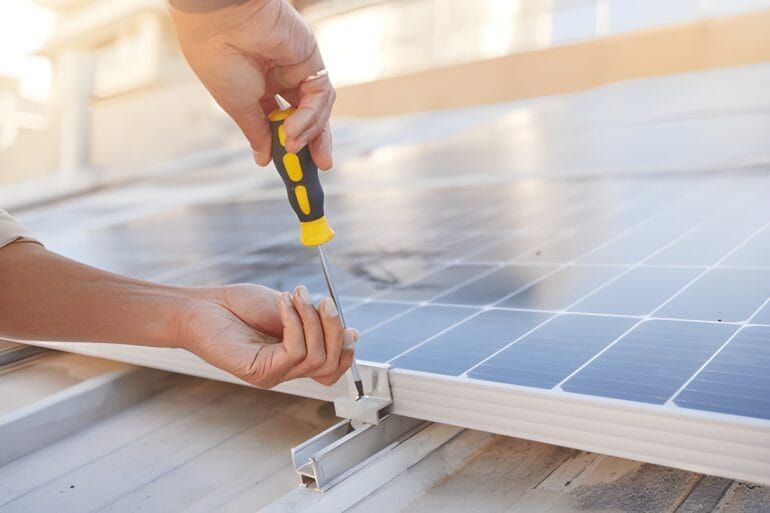
Despite regular seasonal cleaning, monitoring energy output is vital.
- Regularly update monitoring software.
- Monitor daily and monthly performance patterns.
- Inspect sudden efficiency drops immediately.
- Have your solar provider inspect your system every 6 months.
This forward-thinking policy stops minor faults snowballing into expensive repairs.
Practical WA Summer Checklist
To simplify, here’s a solar panel WA maintenance checklist for summer:
- Clean panels morning or evening.
- Check for dust, pollen, bird droppings, or debris.
- Check wiring, bolts, and panel mounts.
- Check inverter output.
- Implement solar panel cooling measures WA where needed.
- Have at least one professional checkup prior to peak summer.
Factors Common to Solar Panel Lifespan Reduction
Even high-grade Tier-1 solar panels require diligent care to last decades. The primary hazards are:
- Temperature stress (chaining degradation at high temperatures).
- Shading by trees/buildings (impacting performance of all linked panels).
- Dirt accumulation (acting as a light screen).
- Storms and hail (causing fractures and alignment disruptions).
Mitigation of these hazards with regular solar panel maintenance WA guarantees maximum energy generation.
Six Steps to Maintain Solar Panels in Hot Climate
For anyone concerned with how to keep solar panels operating in hot weather conditions like WA’s, here is a quick six-step rundown:
- Book in for regular cleaning (at least twice a year, more frequently in dry environments).
- Perform cleaning in cooler periods (avoid hottest part of the day).
- Utilize soft cleaning devices to avoid scratches.
- Check panels visually for cracks or damage.
- Dry panels slowly to avoid watermarks.
- Log maintenance dates for regular monitoring.
By following these steps, your solar system remains efficient and reliable.
Why Professional Maintenance Is Important
While homeowners can perform easy cleaning and minor inspections, single-handedly relying on DIY methods has its restrictions. Professional maintenance services provide an added layer of safety and efficiency to your solar investment.
Certified professionals are trained to detect problems that usually go undetected by the naked eye. For example, micro-cracks in solar panels might be imperceptible but can eventually lower power output or even cause prolonged deterioration. Experts have the right tools and methods to detect such hidden problems at an early stage.
In addition to physical examination, electricians also perform thorough examinations of wiring, inverters, and connections. These tests ensure your system is not only operating efficiently but also meeting safety standards. This is especially the case in Western Australia, where hot summer conditions cause strain on electrical components.
Another primary benefit is warranty protection. Most manufacturers and installers need regular certified checkups to maintain warranties. By arranging professional maintenance, you safeguard both your system and your long-term investment.
Last but not least, professionals provide valuable experience with system optimization. They can recommend upgrades, re-angle panels, or advise cooling strategies more suited to WA’s extreme climate. These tips enhance efficiency and increase system lifespan.
In brief, while periodic DIY cleaning is helpful, professional servicing guarantees your solar panels remain operating safely, efficiently, and at optimal levels—making reliable experts in WA a critical partner for long-term success.
Conclusion: Choosing EasySolar as Your Partner for Long-Term Results
Solar power is one of the best investments you can make in Western Australia. But like any precious asset, it requires proper maintenance. With regular solar panel maintenance WA, efficient solar panel cleaning procedures, intelligent solar panel adjustments to keep solar panels cool in hot weather, and incorporating proven solar panel cooling techniques WA, you can avoid solar panel overheating WA and maximize output during the hot summer days.
Meanwhile, professional check-ups and normal solar system maintenance summer Australia will prolong the life of your panels, inverters, and batteries.
For residents of WA who need professional assistance, EasySolar provides end-to-end solutions:
- Tier-1 solar panels with quality installation.
- High-tech inverters and battery storage solutions.
- Solar hot water systems to optimize energy efficiency.
- Professional clean solar panels Western Australia services.
- Finance and rebate advice to make solar more affordable.
- Long-term after-sales service and system check-ups.
With proper care and proper partner, your solar investment will still be energizing your home or business for many years to come.
